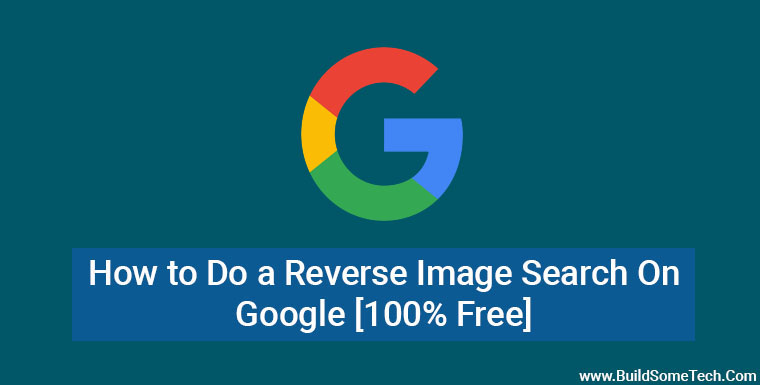
I generally use the browser extensions for TinEye and Google.

With a bit of experiment, some combination of TinEye and Google Image Search should meet most of your needs. Handled with care, this could be a money-saver. It's very useful to be able to search for images that are "labelled for reuse with modification" or "labelled for non-commercial reuse" or whatever. The key features are search by type (Face, Photo, Line drawing etc) and search by usage rights. However, Google does some very good things that TinEye doesn't. As with text searches, you get options such as "Past week" and "Custom range", but these are tedious to use, and don't seem very reliable. TinEye is also good at finding versions of images that haven't had logos added, which is another step closer to the original. Sometimes you find your searched-for picture is a small part of a larger image, which is very useful: you can switch to searching for the whole thing. TinEye's results often show a variety of closely related images, because some versions have been edited or adapted. I'm often trying to find the oldest version posted, to authenticate a particular photograph.

You can order TinEye's results by newest first or oldest first, by size, by the best match, or by the most changed. Google Image Search generally has a bigger, fresher database, though it doesn't find all the images that TinEye knows about.īasically, TineEye has the smart guys while Google has the web crawlers.

I use both, because they are different enough to complement one another. But if you're new to reverse image searching, I suggest you start with TinEye and Google.


 0 kommentar(er)
0 kommentar(er)
